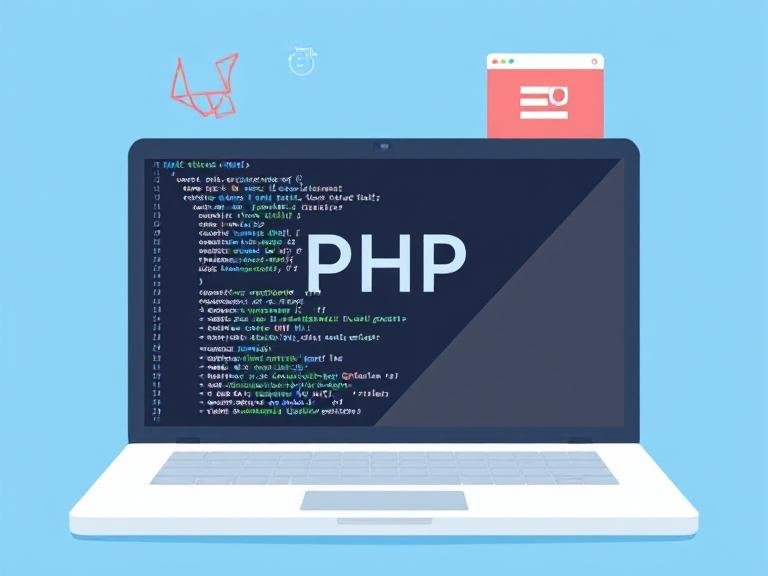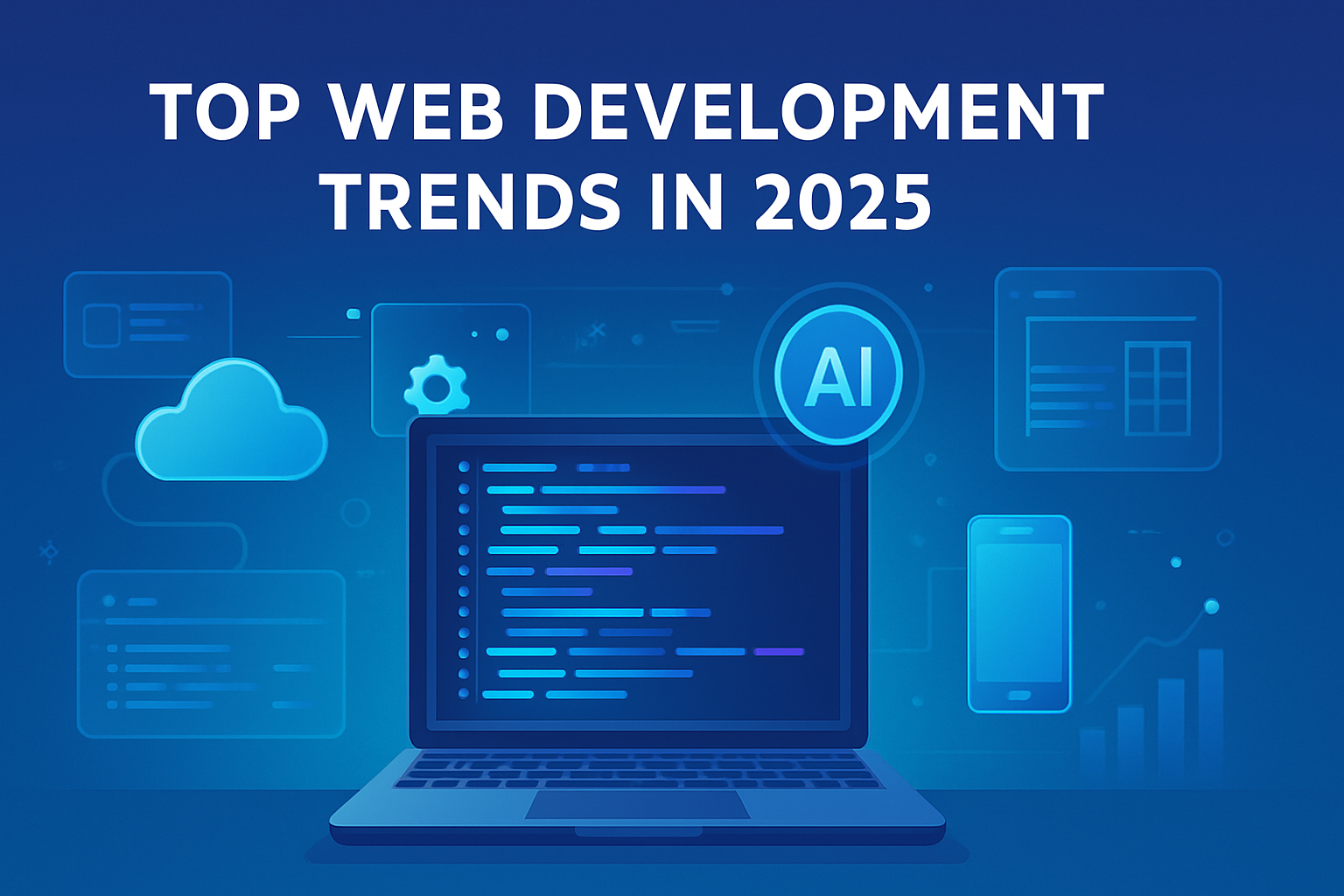Introduction
Every startup begins with an idea—but turning that idea into a successful product requires the right technology stack. Your choice of frameworks, programming languages, and tools will directly impact scalability, performance, cost, and long-term sustainability.
In this blog, we’ll guide you on how to choose the right tech stack for your startup, step by step.
1. Understand Your Startup’s Goals
Before deciding on a stack, ask yourself:
- Do you need to build an MVP quickly?
- Is scalability more important than speed?
- Do you require real-time features like chat or live updates?
? Your business goals should define your tech stack—not the other way around.
2. Frontend Technology
The frontend is what your users see and interact with. Choose a framework that is fast, responsive, and widely supported.
✅ Popular Choices in 2025:
- React.js / Next.js → Great for dynamic, SEO-friendly web apps.
- Vue.js → Lightweight and beginner-friendly.
- Angular → Suitable for large, enterprise-level apps.
3. Backend Technology
The backend powers your business logic and connects your database. Consider factors like performance, scalability, and developer availability.
✅ Common Options:
- Node.js (Express/NestJS) → Scalable, event-driven, perfect for startups.
- Laravel (PHP) → Rapid development, great for MVPs.
- Django (Python) → Secure, suitable for AI/ML integrations.
- Spring Boot (Java) → Enterprise-grade, stable.
4. Database Selection
Choosing the right database ensures smooth handling of data.
✅ Options:
- SQL (MySQL, PostgreSQL) → Reliable, structured, ideal for transactions.
- NoSQL (MongoDB, Firebase, Cassandra) → Flexible, scalable, good for large unstructured data.
? Hybrid approach (SQL + NoSQL) is common in 2025 for scalability.
5. Hosting & Cloud Infrastructure
A good cloud provider ensures security, scalability, and cost-efficiency.
✅ Options:
- AWS → Complete cloud ecosystem.
- Google Cloud → AI/ML integrations.
- Microsoft Azure → Best for enterprise apps.
- Vercel / Netlify → Best for frontend hosting & startups.
6. Budget & Resources
A startup must balance quality and cost. Open-source technologies help reduce expenses. Also, choose a stack with plenty of skilled developers available in the market.
? Example: Node.js developers are easier to find (and cost-effective) compared to specialized Scala developers.
7. Scalability & Future Growth
Don’t just think about your MVP—think about where your startup will be in 2–5 years. Your stack should handle more users, more features, and more data without requiring a complete rebuild.
8. Security Concerns
Cybersecurity is critical. Choose frameworks that offer built-in security features and allow easy compliance with regulations like GDPR, HIPAA, etc.
9. Community & Ecosystem Support
Always go for a stack that has active community support, frequent updates, and plenty of documentation. This ensures faster development and troubleshooting.
10. Test with an MVP First
Instead of overthinking, build a Minimum Viable Product (MVP) with your chosen stack. This gives real-world validation on whether the stack suits your business needs.
✅ Conclusion
Choosing the right technology stack is one of the most important decisions for your startup. Focus on your goals, scalability, budget, and future vision. Remember—there’s no one-size-fits-all stack. The best choice is the one that aligns with your product and business needs.
? Need expert help? At Websbit, we help startups build powerful, scalable, and cost-effective solutions with the right technology stack. Let’s discuss your project today!




